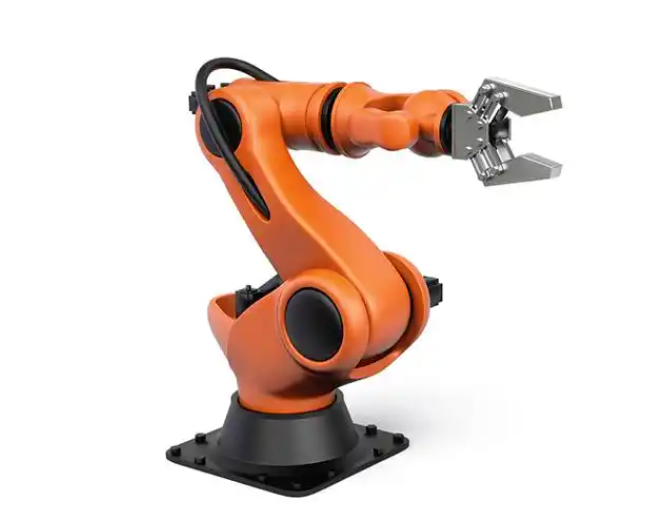The robotic arm is a complex system with uncertainties such as parameter perturbation, external interference and unmodeled dynamics. Therefore, the modeling model of the robotic arm also has uncertainties. For different tasks, it is necessary to plan the motion trajectory of the joint space of the robotic arm, thereby cascading to form the end pose
In recent years, with the development of robot technology, the application of robot structures with high speed, high precision and high load-to-weight ratio has attracted attention in the industrial and aerospace fields. Due to the increase in the flexibility effect of the joints and connecting rods during the movement process, the structure deforms, thereby reducing the accuracy of task execution. Therefore, the flexible characteristics of the robot mechanical arm structure must be taken into account, and achieving high-precision and effective control of the flexible mechanical arm must also consider the dynamic characteristics of the system. The flexible manipulator is a very complex dynamic system, and its dynamic equation has characteristics such as nonlinearity, strong coupling and real variation. When conducting research on the dynamics of flexible arms, the establishment of its model is extremely important. The flexible manipulator is not only a nonlinear system with rigid-flexible coupling, but also a nonlinear system in which the dynamic characteristics and control characteristics of the system are coupled with each other, that is, electromechanical coupling. The purpose of dynamic modeling is to provide a basis for the description of the control system and the design of the controller. The description of a general control system (including the state space description in the time domain and the transfer function description in the frequency domain) is closely related to the positioning of sensors/actuators, the information transmission from actuators to sensors, and the dynamic characteristics of the robotic arm

The structural forms of mechanical arms are diverse. Depending on the application scenarios and functional requirements, they can be designed in different structures
1. Horizontal multi-joint mechanical arm
Horizontal multi-joint mechanical arms typically have three main degrees of freedom, namely Z1 rotation, Z2 rotation and Z-axis movement. By adding x-rotations and y-rotations to the end effector, it can reach any coordinate point in space
2. Rectangular coordinate system mechanical arm
The Cartesian coordinate system mechanical arm is composed of three degrees of freedom of movement in the X, Y, and Z directions. Similarly, by adding X rotation, Y rotation and Z rotation to the end effector, it can also cover any position within the space
3. Single-axis mechanical arm
In industrial applications, the degree of freedom requirements for robotic arms vary depending on the scenario, and sometimes a full six degrees of freedom are not necessary. The design and manufacturing advantages of single-axis mechanical arms are obvious. Rectangular coordinate system mechanical arms can be flexibly combined into single-axis mechanical arms. This component-based design has been widely applied in industry, meeting the diverse industrial application requirements
With the reduction in the cost of industrial robots and the expansion of their application fields, numerous advanced technologies have been integrated into the robotic arm system to meet various functional requirements. Among them, machine vision technology is particularly eye-catching. It uses machines to replace human eyes for measurement and judgment, and is widely applied in multiple links such as production, assembly, packaging and product inspection. In addition, artificial intelligence technology has also injected new vitality into robots, enabling them to respond in a way similar to human intelligence, covering multiple fields such as speech recognition, image recognition, natural language processing, and expert systems. Industrial robots have become an important carrier for achieving artificial intelligence. They not only enhance the intelligent level of production but also provide strong support for functions such as fault prediction, maintenance, intelligent logistics, and auxiliary decision-making. Meanwhile, the rise of collaborative robots has opened a new chapter in human-machine interaction. They can interact and work closely with humans, and detect potential safety hazards such as contact force and collision in real time, providing convenient tool support for operators.
If you need information about our products, please contact us at info@arcsecobot.com
 Hangzhou Aike Automation Co., Ltd.
Hangzhou Aike Automation Co., Ltd.